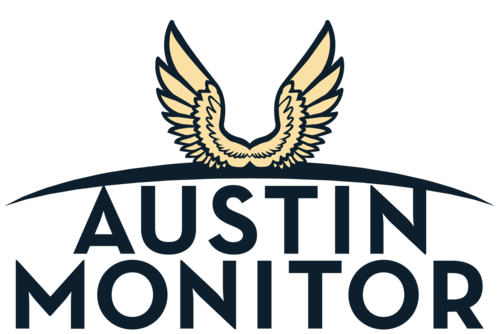
By NINA HERNANDEZ,
Austin Monitor
Two-thirds of emergency service district first responders reported they have been unable to procure a sufficient amount of the necessary personal protective equipment since the onset of the COVID-19 pandemic, according to a study by the Texas State Association of Fire and Emergency Districts (SAFE-D).
“It is clear after the early weeks of combating COVID-19 that first responders from many agencies, including ESDs, may lack the protective equipment they need if this crisis persists,” said SAFE-D Executive Director Cliff Avery. “We must ensure the dedicated men and women charged with responding to all calls for emergency services, not just COVID-19 related calls, are protected from infection.”
Avery warned that failing to protect first responders will put the community at risk of an overwhelmed health care system and a shortage of healthy first responders. SAFE-D asks any Texans with COVID-19 related calls to let their 911 operators know in order to help protect first responders from exposure and prevent any potential transmissions.
Avery called on all Texans to follow social distancing protocols.
“We must act now and do everything we can to protect the people who protect us,” he said. “We can accomplish this by staying home and social distancing to help flatten the curve and by donating any protective gear individuals or businesses may have to first responders or local hospitals and health care providers.”
Several weeks ago, the Austin EMS Association revealed that one of its own medics became the first positive case in Austin’s public safety team.
“Today, ATCEMS medics are the very front line of defense against the pandemic,” Selena Xie, association president, wrote in a Facebook post on March 25. “As uniformed personnel, sworn to protect the public, ATCEMS medics are the only ones who respond to all medical calls for help despite the threats to our own health and well-being.”
With that risk in mind, the association has worked with the city and gathered its own resources to help medics who have fallen ill, been quarantined or lost jobs due to COVID-19. The community can donate toward this effort at the Austin EMS Relief Fund.
“We cannot thank the community enough for the outpouring of support we have already received,” Xie said. “Please know that we will continue to show up every day to fight this disease, for you and your families.”
Xie told the Monitor that EMS is actually doing pretty well on masks and gloves and recently obtained a shipment of gowns and protective eyewear. The association hopes to roll out face shields soon.
The Austin Monitor’s work is made possible by donations from the community.
